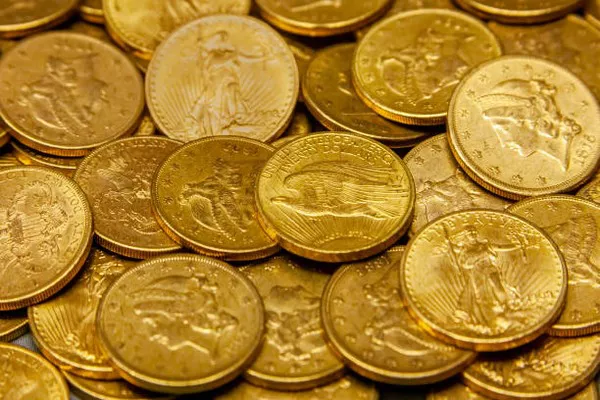Gold prices experienced a decline in the late North American session, falling by 0.18% to trade around $2,511 after reaching a daily high of $2,529. The drop in gold prices followed the release of U.S. inflation data, which led traders to reduce their long positions in the non-yielding metal.
U.S. Inflation Data and Federal Reserve Outlook
The U.S. Bureau of Labor Statistics reported that the Consumer Price Index (CPI) for August remained unchanged on a monthly basis, while the core CPI, which excludes food and energy, ticked up by 0.1%. These figures contributed to shifting market expectations regarding the Federal Reserve’s upcoming interest rate decision.
Market participants reacted by pushing U.S. Treasury yields higher, driven by concerns that the Fed might opt for a smaller 25-basis-point (bps) rate cut rather than the 50 bps cut that some had anticipated. The U.S. 10-year Treasury yield rose to 3.655%, up by 1.5 bps. The U.S. Dollar Index (DXY) also strengthened, reaching a daily high of 101.82 before settling at 101.68.
Market Sentiment and Fed Rate Cut Expectations
The CME FedWatch Tool indicates that the likelihood of a 50 bps rate cut has decreased to 29%, while the probability of a 25 bps cut stands at 71%. This shift in expectations has influenced gold prices and broader market dynamics.
Political and Geopolitical Developments
In the political arena, Vice President Kamala Harris was deemed the winner of the recent presidential debate against former President Donald Trump, according to a CNN poll.
On the geopolitical front, heightened tensions were noted following statements by U.S. Secretary of State Antony Blinken and UK Foreign Secretary David Lammy, suggesting that the U.S. and the UK might support Ukraine with weapons capable of striking inside Russia. This development adds to existing geopolitical uncertainties and could impact market sentiment further.


